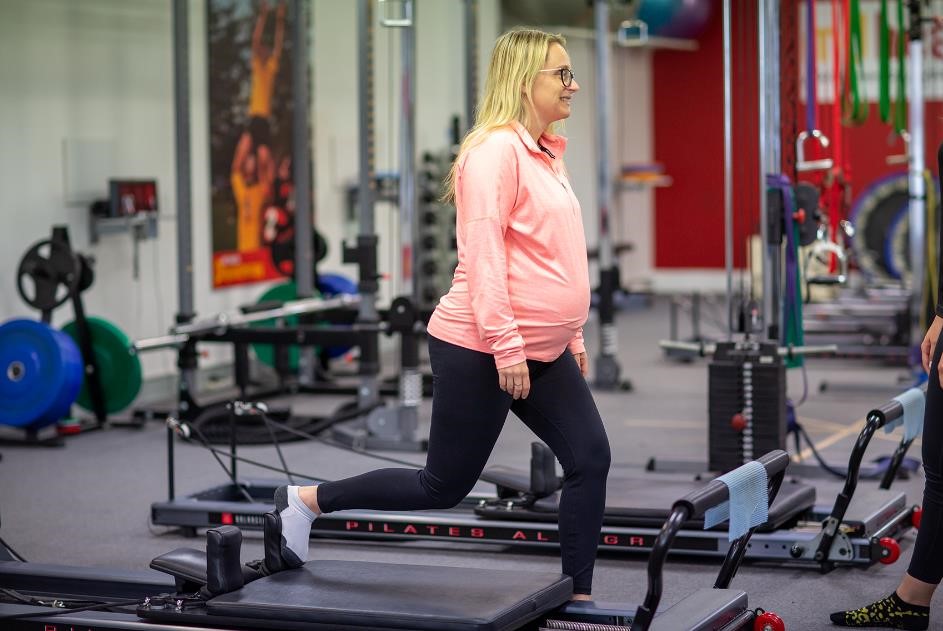Pelvic Girdle Pain in Pregnancy - Fact Sheet
What is a Pelvic Girdle Pain in Pregnancy?
A big change in your body during pregnancy is the positioning and movement of the pelvis and Sacro-iliac Joint (SIJ). The SIJ involves the bones of the pelvis and sacrum, and the associated ligaments and muscles of the pelvic region. The SIJ provides a stable base for the spine and hips to move from and is generally an inherently stable joint. This area becomes more mobile in pregnancy to prepare room for the baby.
What causes it?
Pelvic Girdle pain (PGP) generally occurs due to irritation of the long-dorsal Sacro-iliac ligament AND/OR irritation of the pubic symphysis, which are both highly sensitive structures. These structures can be stretched and during pregnancy as the pelvis changes, especially if your hip, pelvis, and spinal muscles aren’t strong enough to cope with these changes.

Signs and Symptoms of Pelvic Girdle Pain?
- Low back pain, generally beginning at the base of the pelvis, which can refer into the buttocks (gluteals), the lateral thigh, or even down to the ankle.
- Pelvic pain, located more closely to the pubic bones or pubic symphysis
- Pain with sitting for long periods, or when side-lying in bed at night.
- Local tenderness over the long-dorsal ligament of the SIJ, or the pubic symphysis
.
.

Treatment of Pelvic Girdle Pain ?
Hands-on treatment: muscle bracing (particularly in the gluteals) is common in PGP. Reducing this bracing can help better activate the muscles that stabilise the SIJ and pevlis. This should not be solely relied upon to reduce pain, as evidence suggests this works mainly in the short term, giving 2-3days relief.
Strengthening Exercises: the absolute KEY to treatment of Pelvic Girdle Pain. Exercises targeting large co-contractions of the gluteals (buttocks), deep abdominal muscles and low back muscles create forces across the SIJ resulting in a stabilising effect. This helps take the strain off the long dorsal ligament or pubic symphysis and reduce pain.
Other advice: continue moving! Walking in between longer periods of sitting can help reduce muscle bracing and pain. Sleeping with a pillow between your legs can also help support the pelvis at night.




